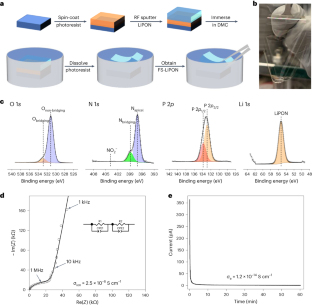2023-08-03 バッファロー大学(UB)
◆従来のレーザー高度計によるモニタリングでは、氷河の特徴や変化をよく把握することが難しいとされています。そこで、新しい方法論として、デジタル標高モデル(DEMs)とレーザー高度計データを組み合わせる手法を提案しました。これにより、N79の特徴に関して見過ごされていた変化を発見し、氷河がより不安定である可能性が示唆されました。
◆氷河の氷が溶けると海面上昇に寄与するため、グリーンランドの氷河のモニタリングは重要です。この研究の成果は、より包括的なモデルの開発に大きな可能性をもたらし、将来の海面変化の予測に寄与することが期待されています。
<関連情報>
- https://www.buffalo.edu/news/releases/2023/08/narkevic-greenland-glacier-secrets.html
- https://agupubs.onlinelibrary.wiley.com/doi/10.1029/2023GL103226
グリーンランドで最も長い流氷棚の下で急速な基底水路の成長 Rapid Basal Channel Growth Beneath Greenland’s Longest Floating Ice Shelf
Ash Narkevic, Bea Csatho, Toni Schenk
Geophysical Research Letters Published: 09 June 2023
DOI:https://doi.org/10.1029/2023GL103226

Abstract
Nioghalvfjerdsfjorden Glacier (N79) is one of the two main outlets for Greenland’s largest ice stream, the Northeast Greenland Ice Stream, and is the more stable of the two, with no calving front retreat expected in the near future. Using a novel surface elevation reconstruction approach combining digital elevation models and laser altimetry, previously undetected local phenomena are identified complicating this assessment. N79 is found to have a complex network of basal channels that were largely stable between 1978 and 2012. Since then, an along-flow central basal channel has been growing rapidly, likely due to increased runoff and ocean temperatures. This incision threatens to decouple the glacier’s northwestern and southeastern halves.
Key Points
- We created a novel ice surface elevation reconstruction with annual change rates by fusing altimetry and digital elevation models
- A rapidly growing basal channel is identified near the grounding line of Nioghalvfjerdsfjorden glacier, with implications for stability
- We believe this channel growth to be the result of warming ocean water and increased runoff leading to more intense meltwater plume activity
Plain Language Summary
Nioghalvfjerdsfjorden Glacier (N79) has one of the longest floating ice tongues in Greenland and is one of two outlets for the island’s longest ice stream. While many of Greenlands’s outlet glaciers have been retreating due to climate change, it was believed that N79 would remain relatively stable. By combining multiple data sources, we have created an improved reconstruction of the glacier, revealing previously overlooked features which may threaten that stability. Most notably, a large, rapidly growing along-flow channel was identified at the bottom of the ice shelf near the grounding line, which threatens to cut completely through the glacier. We attribute this behavior to the ice bottom topography and pre-existing patterns of stress in the ice interacting with warming ocean water and increasing meltwater discharge, focusing the melting of the ice tongue in specific locations.



